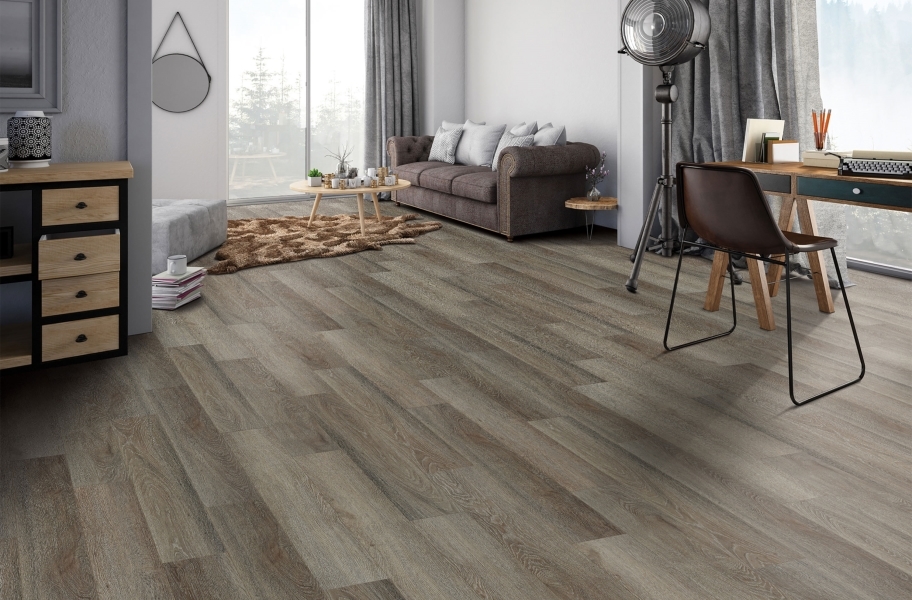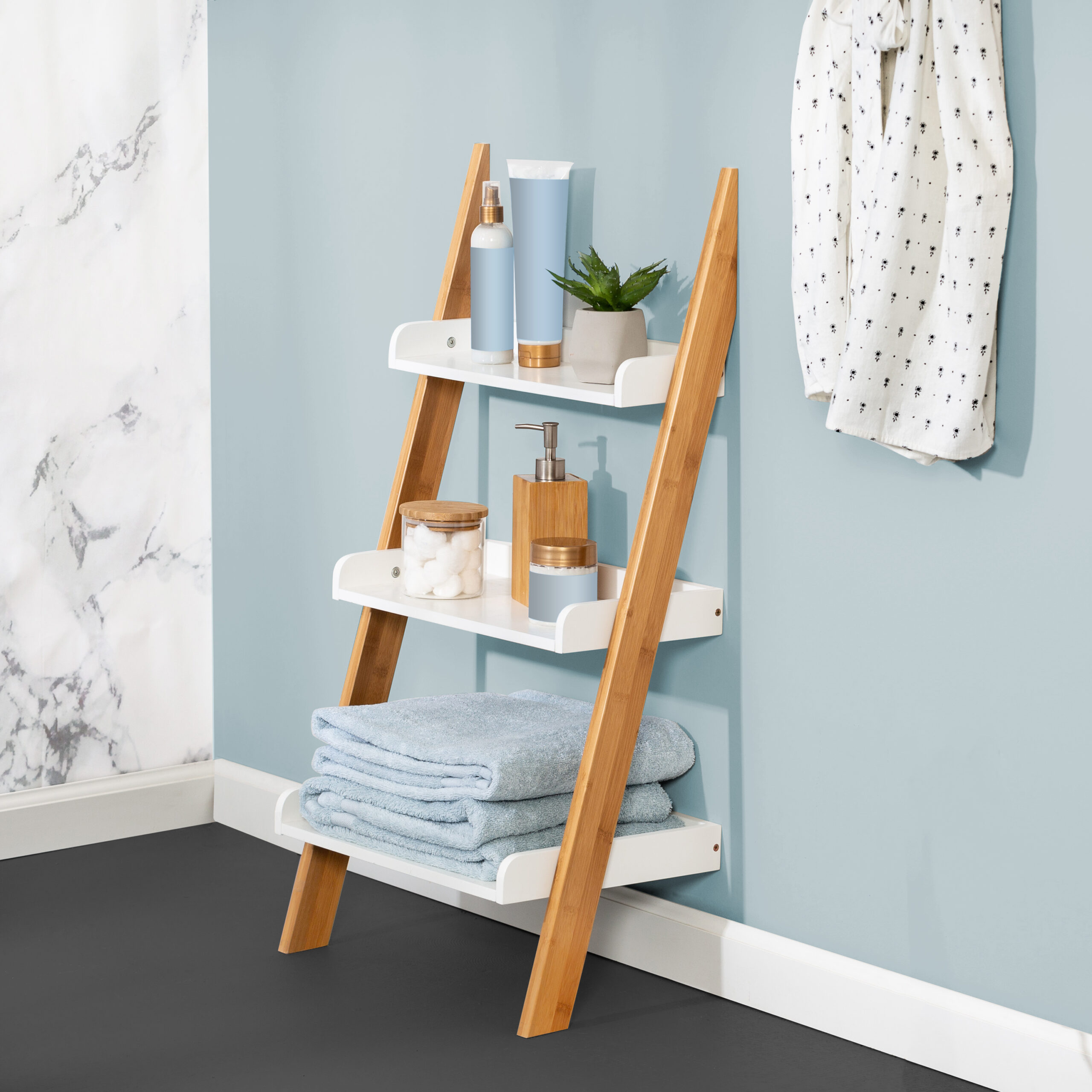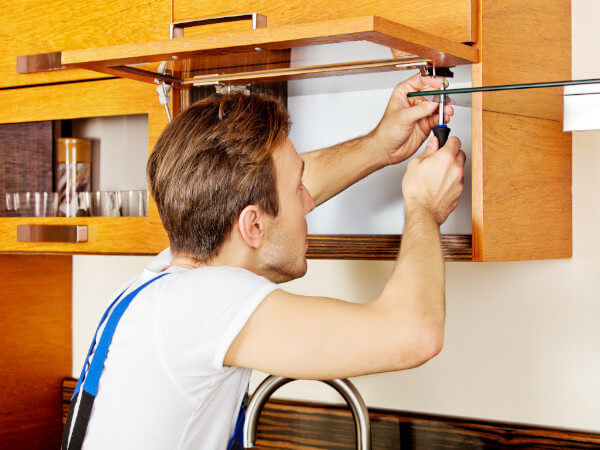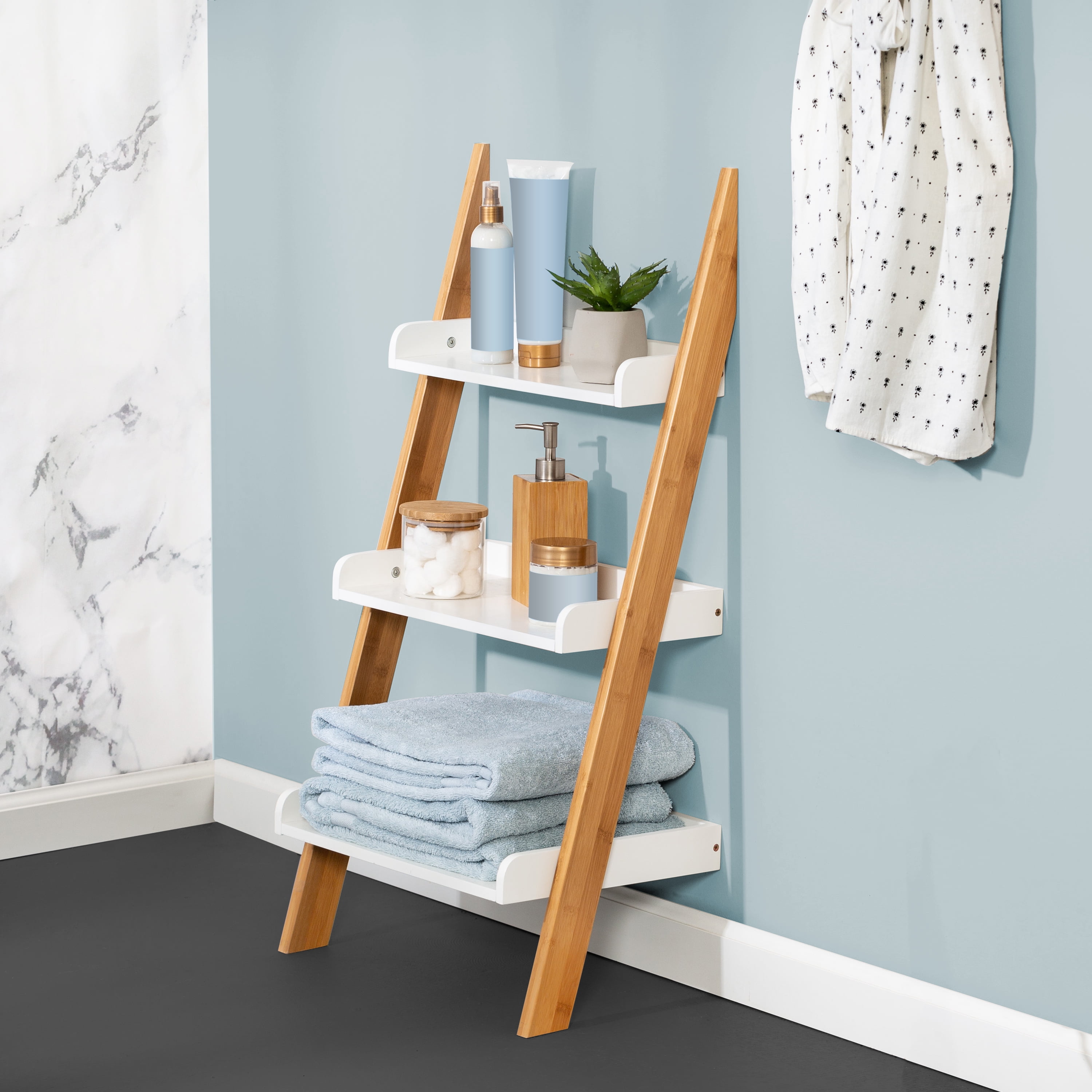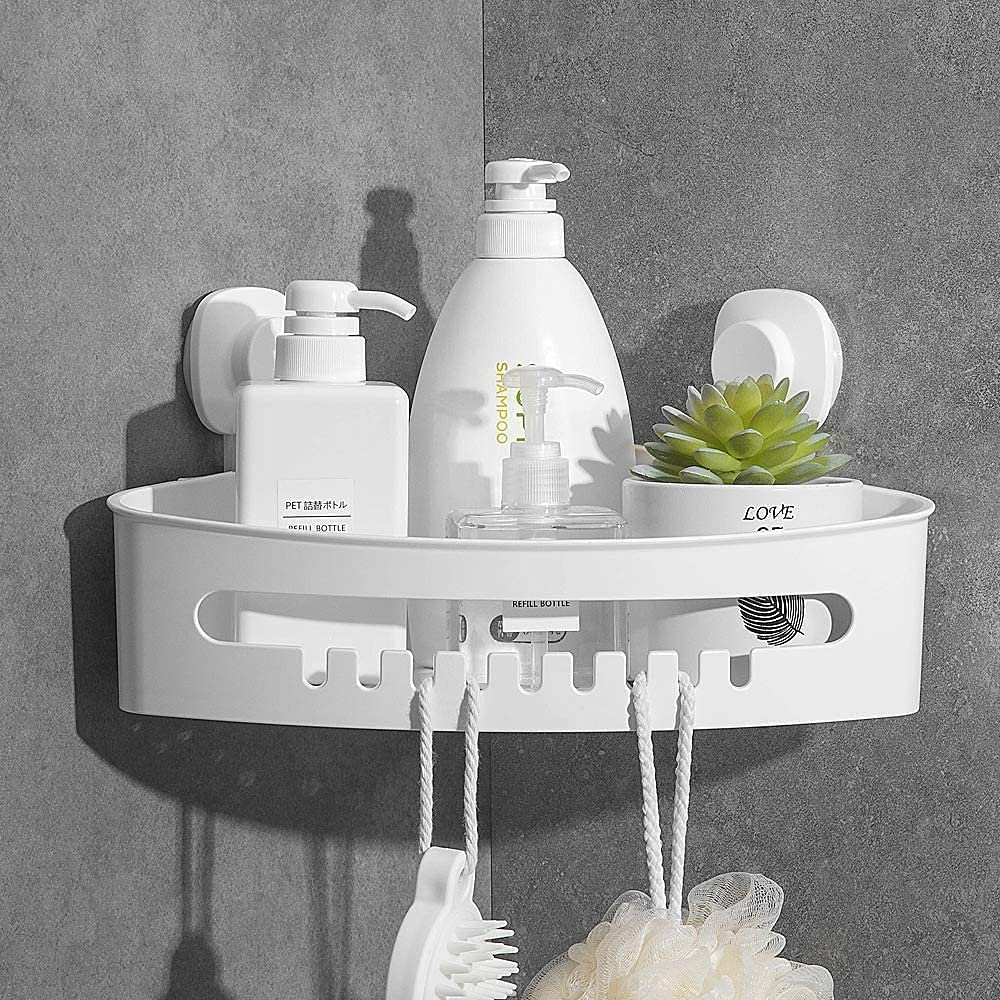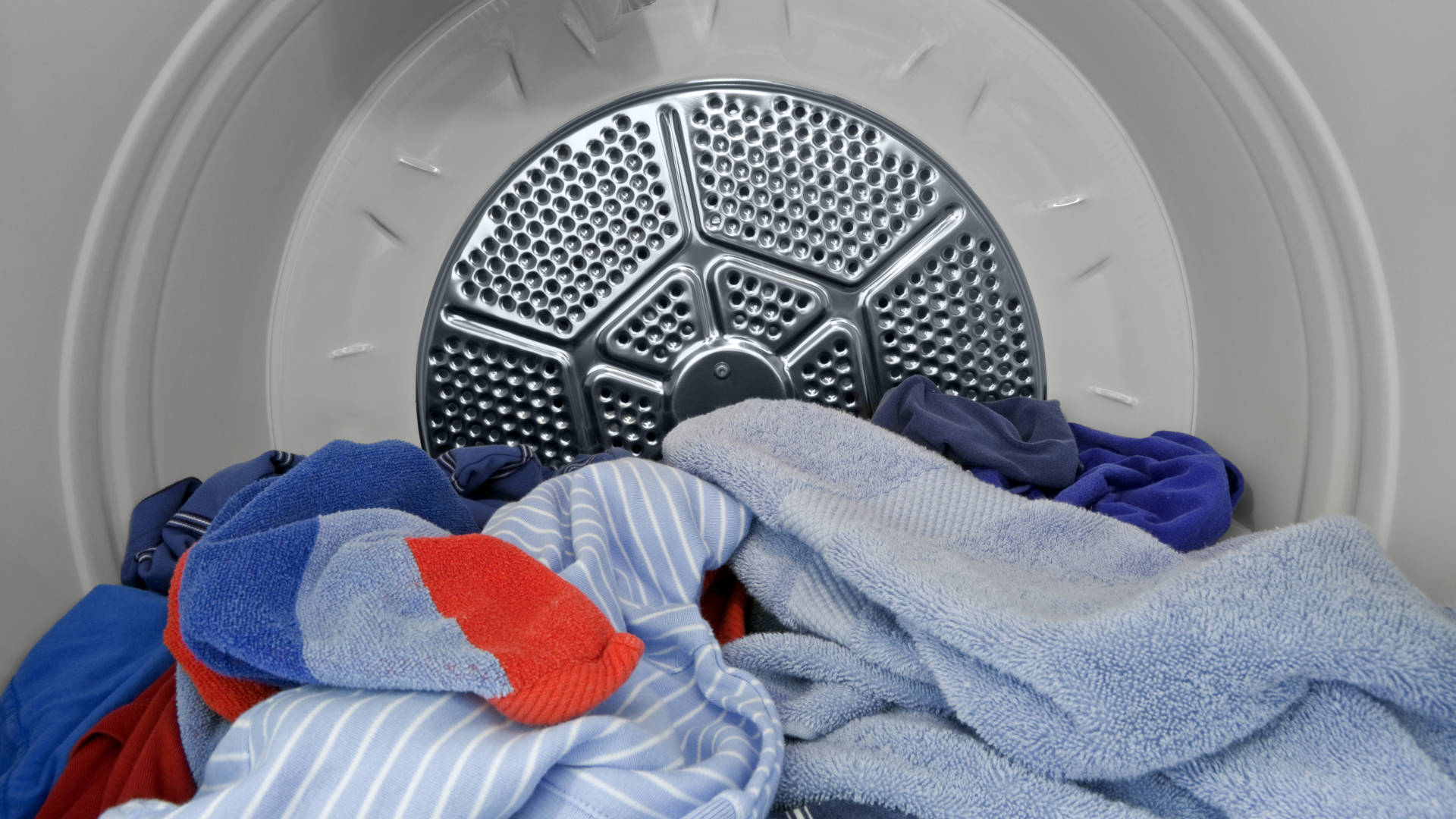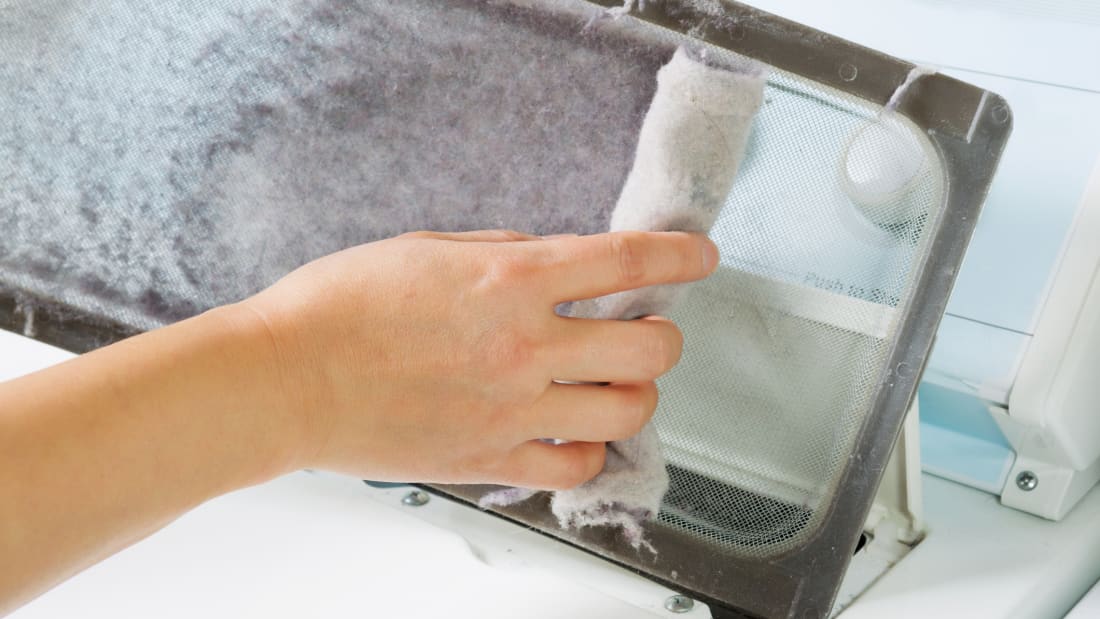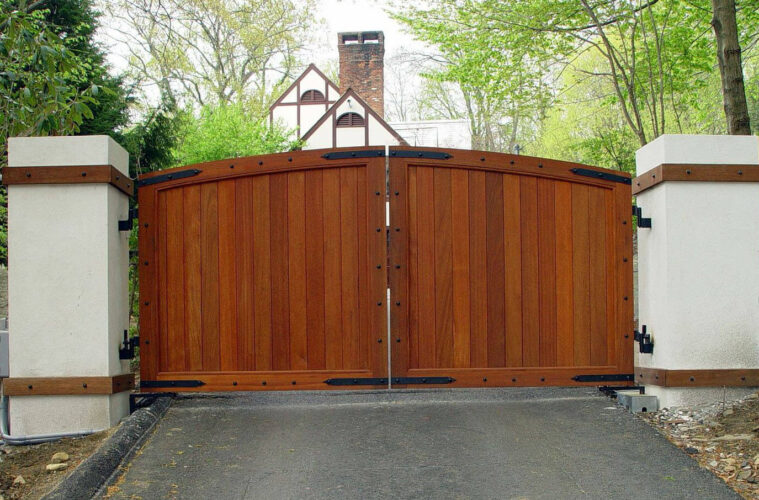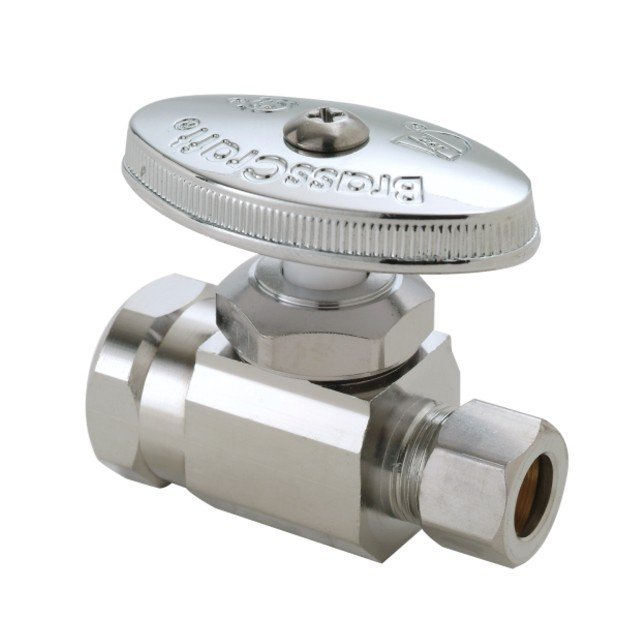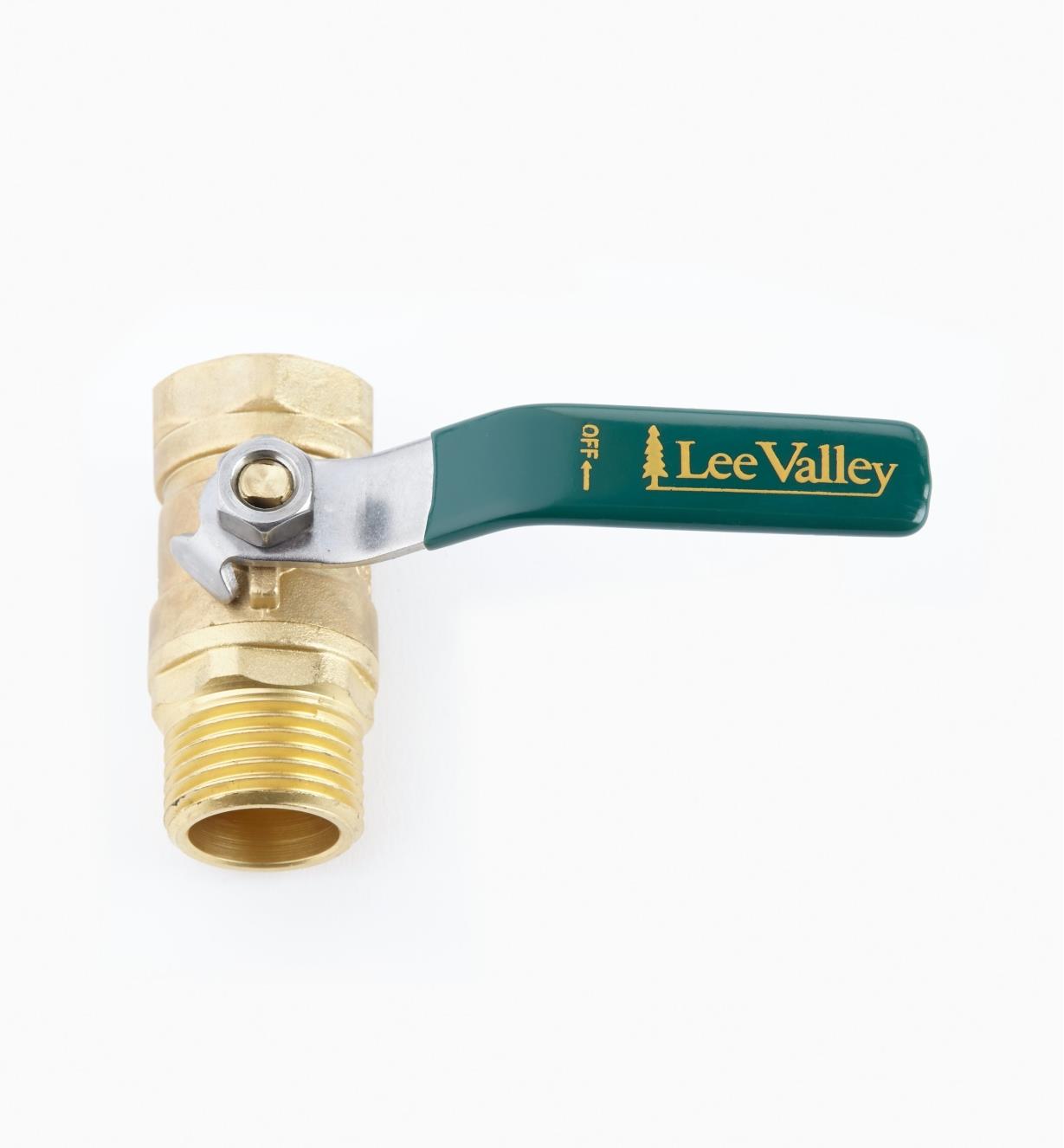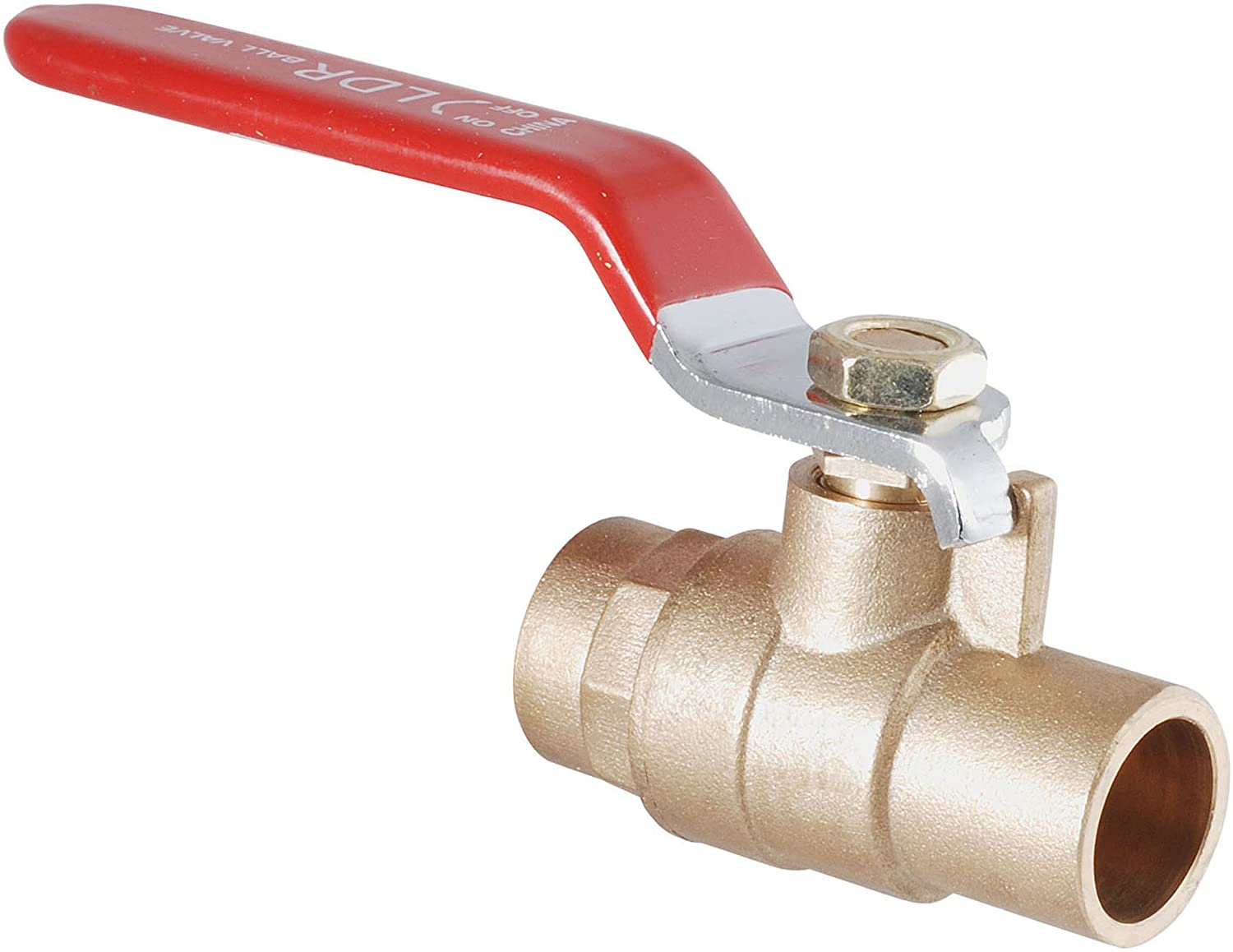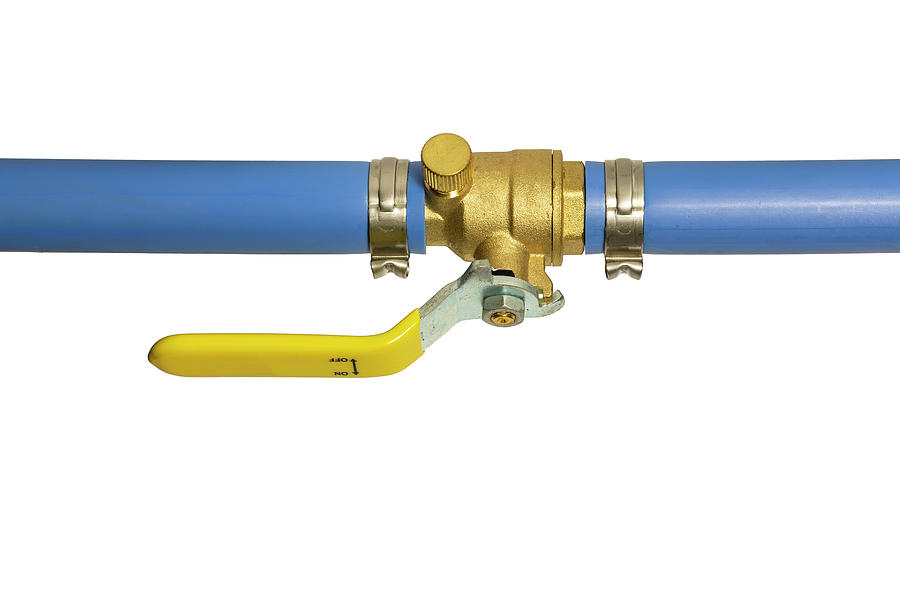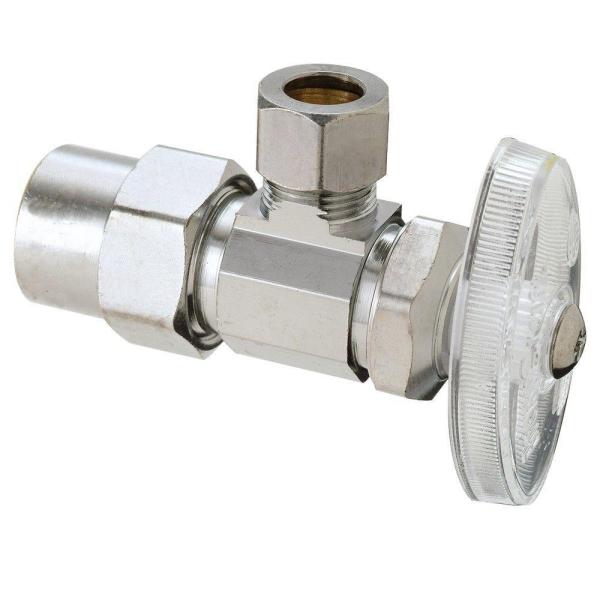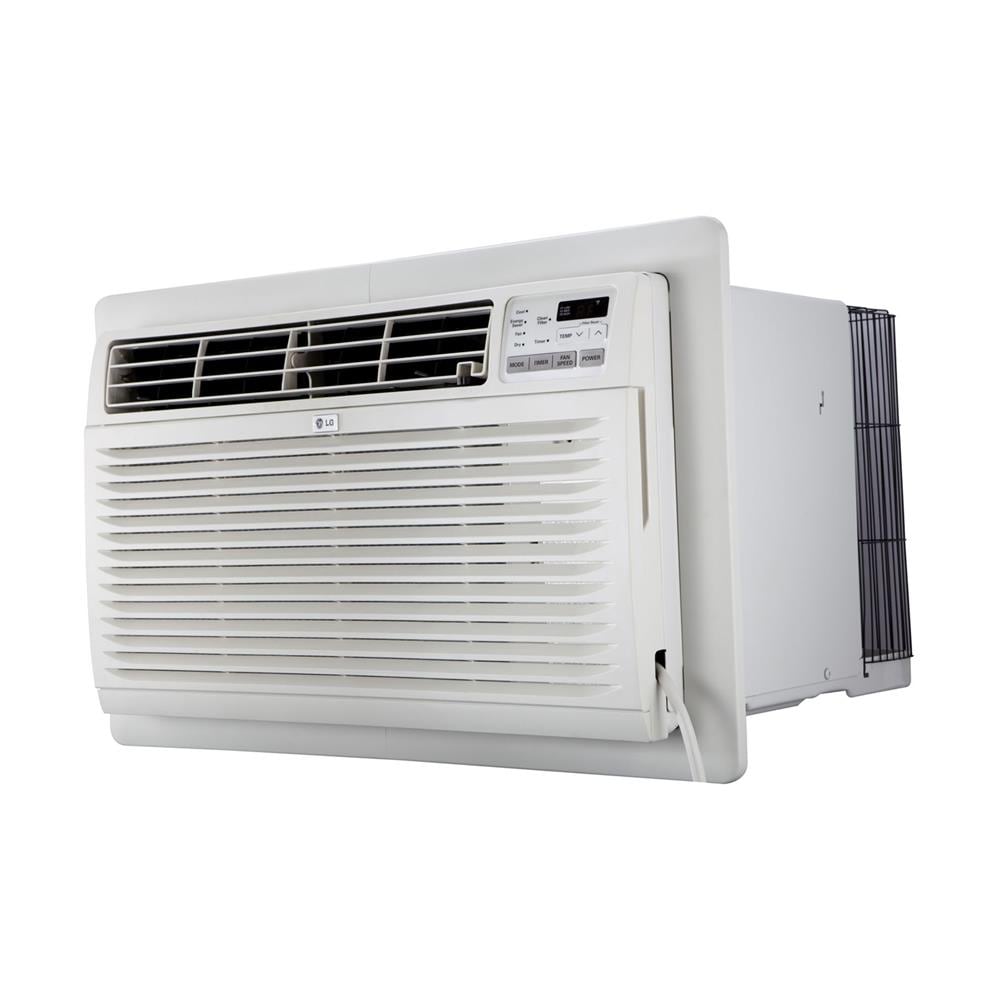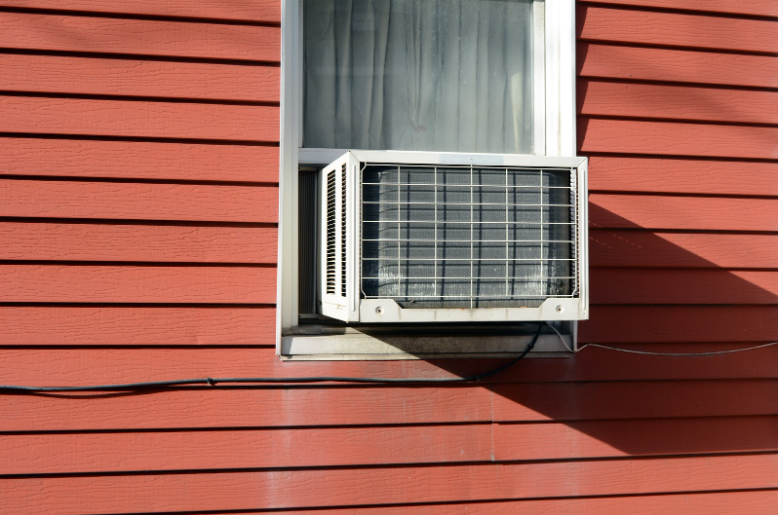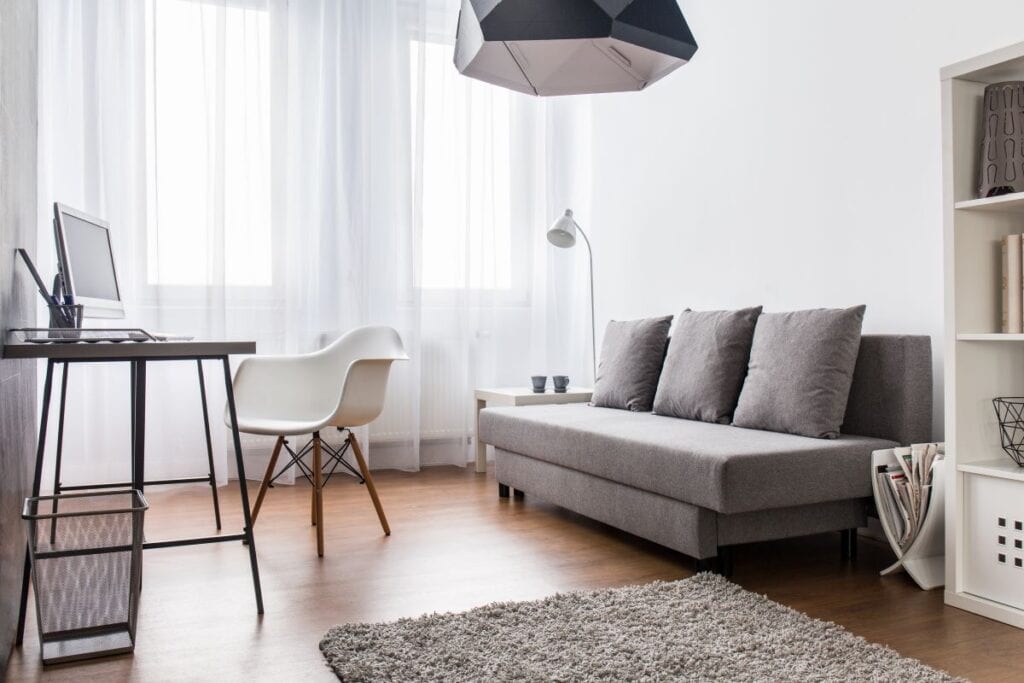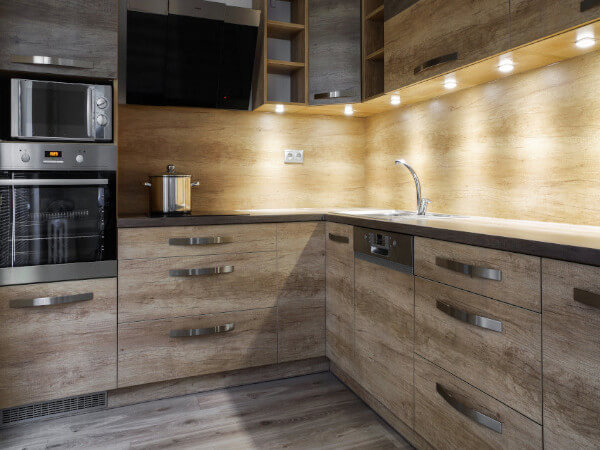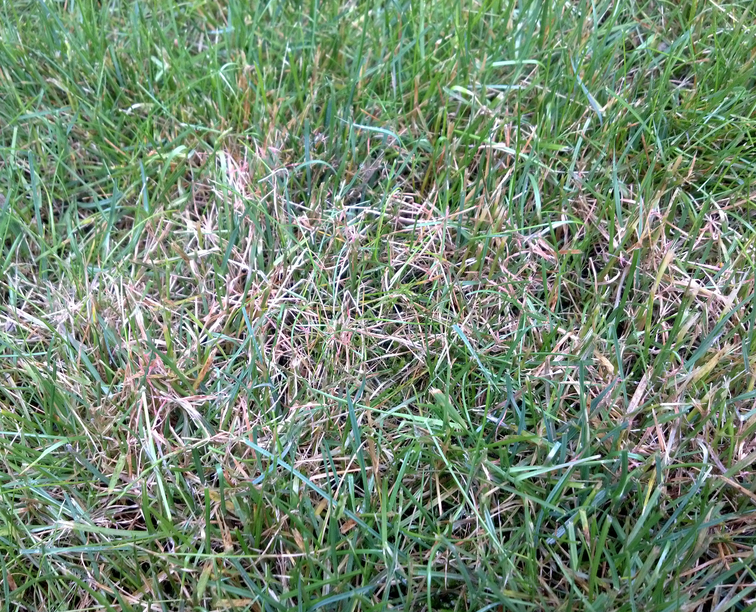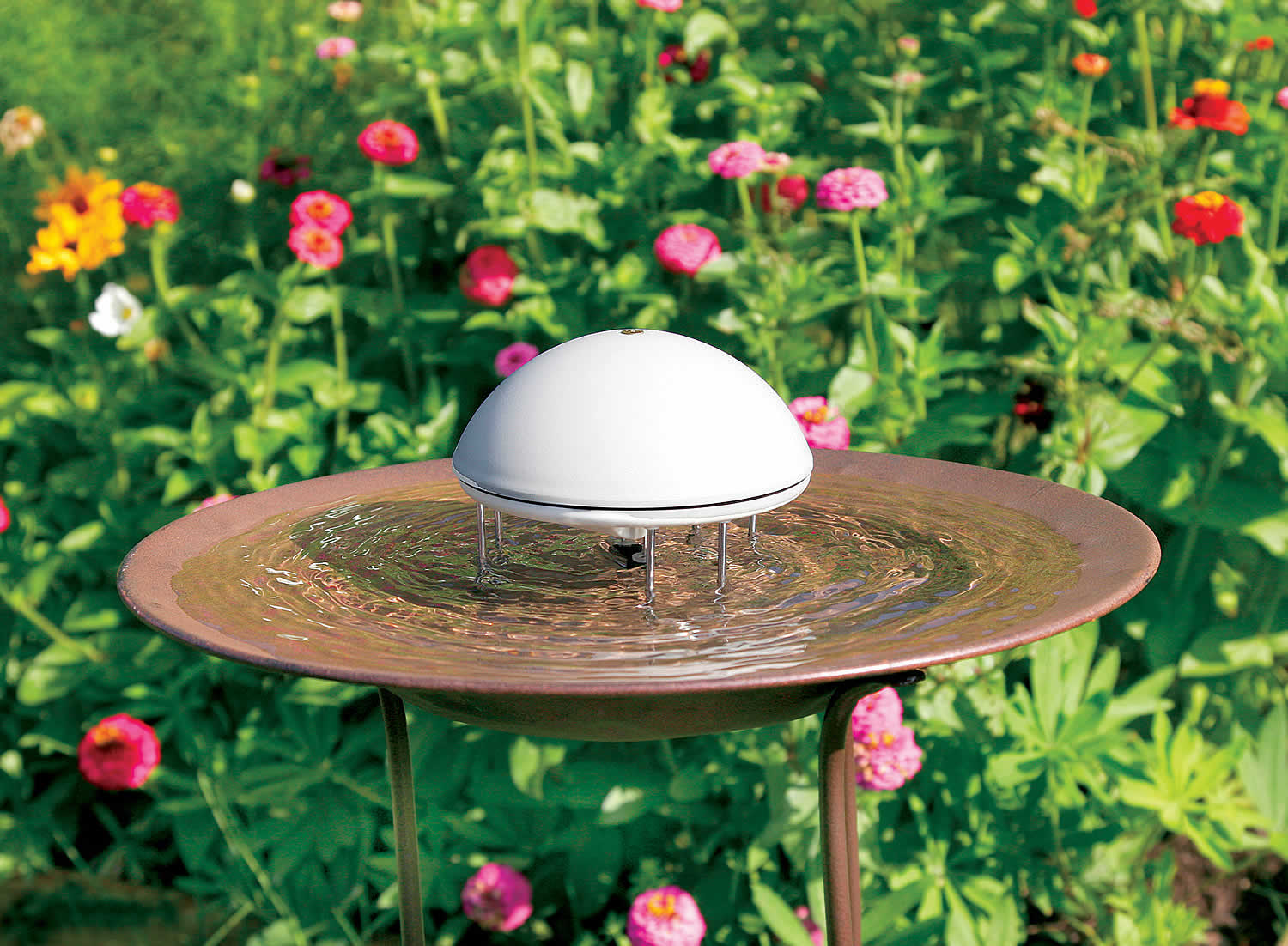There are many different types of flooring options you can choose for your home.
One option that is growing in popularity, and one that offers a unique look, is terracotta floor tiles.
Before choosing terracotta or any type of tile, it’s important to understand the benefits and disadvantages of each type. By reading this article on terracotta tiles, you will be able to make an informed decision about whether or not they are right for your space. Let’s get started.
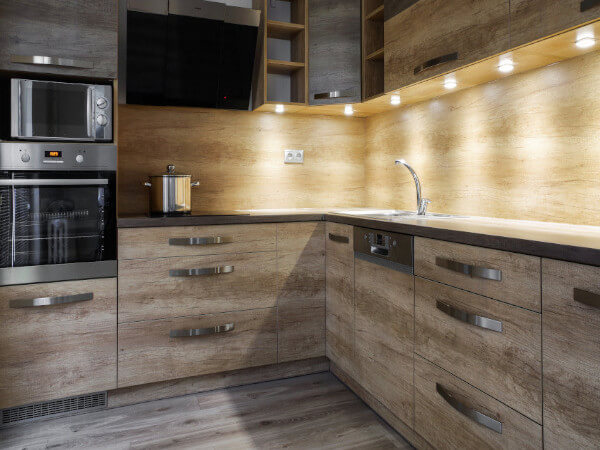
Image Credit: http://originalstyle.com
What are terracotta floor tiles?
Terracotta floor tiles are very similar to the clay pots or other types of pottery you might see in a kitchen or at a flower shop. However, these tiles are designed specifically for use as home flooring and can be purchased at your local hardware store. They come in various shapes, sizes, and color options. They are most often glazed to give them a nice finish and enhance the decorative aspect of their look.
How do they differ from ceramic and porcelain tiles?
While terracotta floor tiles come in many different shapes, sizes, and colors, they also vary slightly based on what type of material is used to make them. Specifically, terracotta tiles are made of clay, while ceramic tiles are made of a mixture of clays and other materials.
Porcelain tiles are made from a type of clay that is fired at a very high temperature, making them much harder than both terracotta and ceramic tiles. This makes them more resistant to wear and tear, as well as to water damage.
Ceramic tiles are the most common type of tile that is used in homes. They are affordable, durable and come in a wide variety of colors and styles. Porcelain tiles are more expensive than ceramic tiles, and they offer a much higher level of durability. If you are looking for a long-lasting tile that will not require a lot of maintenance, then porcelain may be the right option for you.
What is the difference between glazed and unglazed terracotta tile?
As mentioned earlier, terracotta floor tiles come in both glazed and unglazed varieties. Glazed tiles are treated with a layer of glass that is applied to the surface of the tile. This layer helps to protect the tile from wear and tear, as well as water damage. It also makes them easier to clean, which can be very beneficial in high-traffic areas of the home where they are likely to get dirty quickly. Glazed tiles are more expensive than unglazed tiles, but you will find that most hardware or home improvement stores offer free installation on glazed terracotta flooring purchases over a certain amount. If you are looking for an affordable option with a great look, then consider installing unglazed terracotta tiles in your living room or another area of the house that gets light traffic.
Where can you buy terracotta floor tiles?
You can purchase terracotta floor tiles at many different retail shops and online retailers. They are typically sold in bulk, so you will need to calculate the square footage of your space before heading out to make your purchase.
Why should you choose terracotta floor tiles over other types of tile?
There are a few reasons why you might consider purchasing and installing terracotta flooring in your home. Let’s have a look at the most important ones.
High durability
When installed correctly, terracotta tiles can last for decades without showing signs of wear and tear. The glaze on these tiles helps them resist water damage, so they will not be easily damaged by spills or leaks from appliances such as washing machines or dishwashers. This is especially important if there is an auxiliary bathroom located near the kitchen, where many accidents occur that could damage standard ceramic tile flooring. These tiles are also resistant to scratches, making them a great option for high-traffic areas of the home.
Wide variety of colors and shapes
Terracotta tiles come in a wide variety of colors and styles, so you are sure to find one that will complement the look of your home. You can also find tiles in various shapes and sizes, which gives you some flexibility when it comes to designing your flooring. If you are looking for a unique tile that will stand out, then consider using terracotta flooring in your home.
ffordable
Terracotta flooring is typically much more affordable than other types of flooring materials such as marble or granite. This makes a popular choice for budget-conscious homeowners who are looking to make a big impact on the look of their homes.
Easy installation and care
Terracotta floor tiles can be installed by almost anyone with basic DIY skills, and they require very little maintenance. You will find that these tiles resist most stains and spills, so you need not worry about removing them to clean up messes. Combined with their affordability, this makes them great options for do-it-yourself homeowners who want to add value to their homes without spending a lot of money or time on renovations.
They come in different shapes and sizes
Most terracotta tiles come in one of three shapes: rectangular, square, or hexagonal. The size varies depending on the style of the tile. Some are very small, at only two inches by two inches in size, while others are much larger at four inches by eight inches or more.
It is easy to find one that complements the room
Terracotta tiles come in a wide range of different colors and styles, so it can be difficult to choose just one for your flooring project. The best way to narrow down the options is to decide what style you want for your home renovation project. Old-world traditional homes typically look great with terracotta flooring because this type of design evokes feelings of nostalgia and romance. On the other hand, modern or contemporary decor styles typically need a darker or less colorful tile to maintain their sleek appearance.
They resist water damage
One of the biggest benefits of installing terracotta floor tiles in your home is that they are resistant to water damage. This is because they have a glaze on them that helps to repel liquids and keep them from penetrating the surface of the tile. If you live in an area where there is a high risk of flooding, then terracotta flooring may be the best option for you.
It can also be a great choice for homeowners who live near lakes or rivers because it resists the damage caused by moisture.
They are aesthetically pleasing
Terracotta tiles come in a variety of different colors, including reds, greens, oranges, and yellows. If you select one with a color that complements your home’s overall decor theme then you will achieve an aesthetically pleasing appearance when the flooring is complete.
You can install them indoors or outdoors on patios and walkways if desired. They are generally very affordable to purchase and they have widespread availability at most home improvement stores.
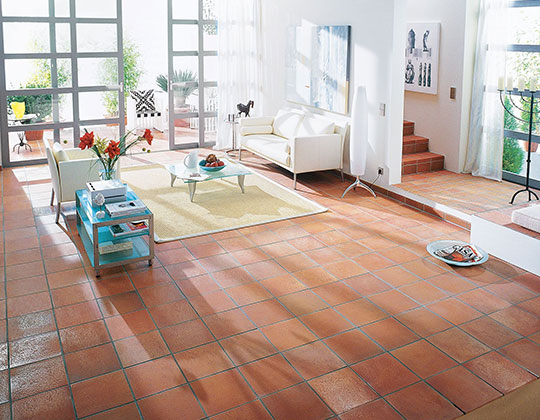
Image Credit: http://hanseceramictile.com
Terracotta Floor Tiles Overview – FAQ
What are terracotta tiles?
Terra cotta is the term to describe unglazed ceramic products made from earthenware, stoneware, or porcelain clays. The name comes from Italian for “cooked earth”.
How durable are terracotta tiles?
As with any flooring, material durability will vary depending on wear and traffic patterns. It is important to consider the finish type as well as installation techniques when making your selection.
Most critics agree that glazed tile is more difficult to maintain than unglazed tile because no matter how careful you are, eventually the dirt penetrates through the glaze and may not come out.
Final thoughts on terracotta floor tiles overview
In conclusion, there are several factors to take into account when planning your new terracotta floor Understanding what’s involved when choosing terracotta floor tiles will help you work out what best fits your circumstances.
The post Terracotta Floor Tiles Overview appeared first on Kitchen Infinity.
Did you miss our previous article…
https://www.thelavkitchen.com/?p=737
